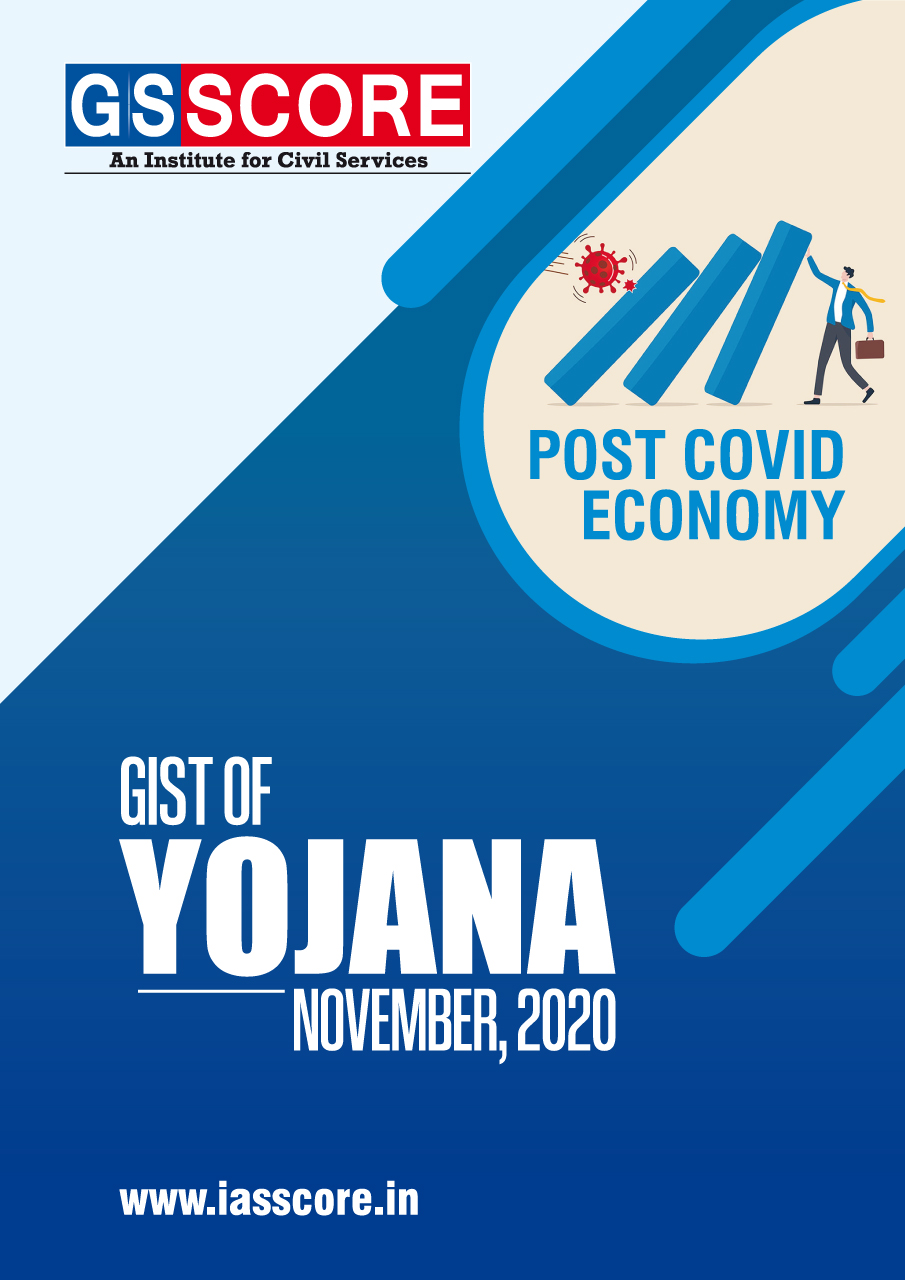


Introduction
- The world economy experienced a major crisis in 2020 due to the Covid-19 pandemic.
- This is the biggest shock to the world economy since the Great Depression of the 1930s and World War II.
- The situation is still evolving and considerable uncertainty prevails.
- This complicates the situation as far as taking concrete decision to shape post-COVID world is concerned.
- Indian policy-makers too faced a challenging period on both health and economic fronts.
Related Articles


